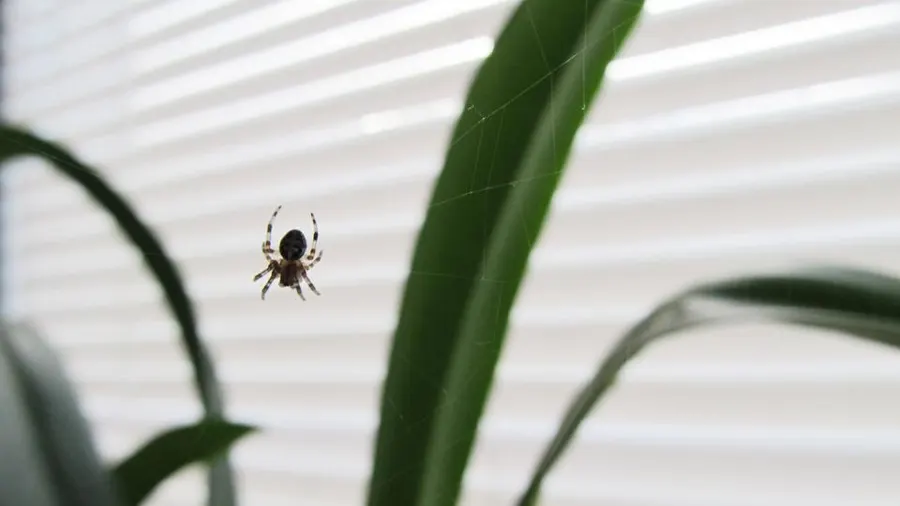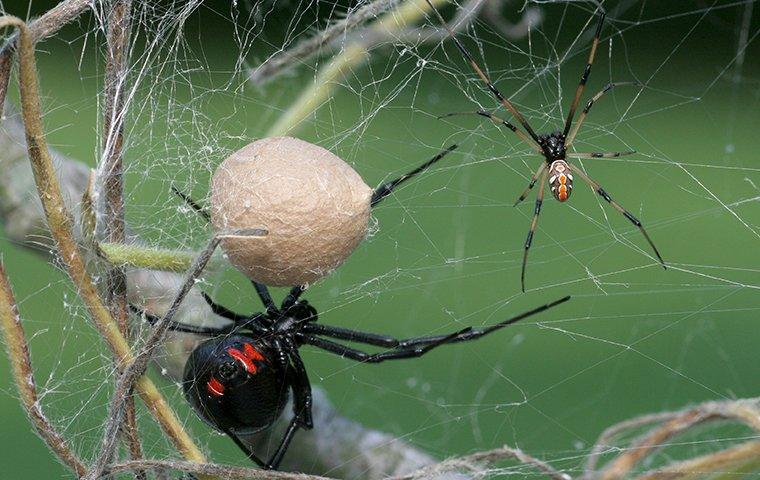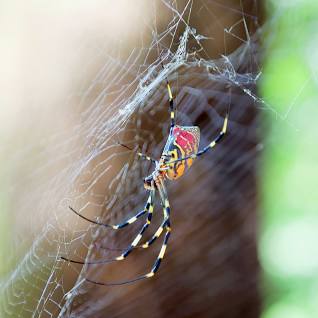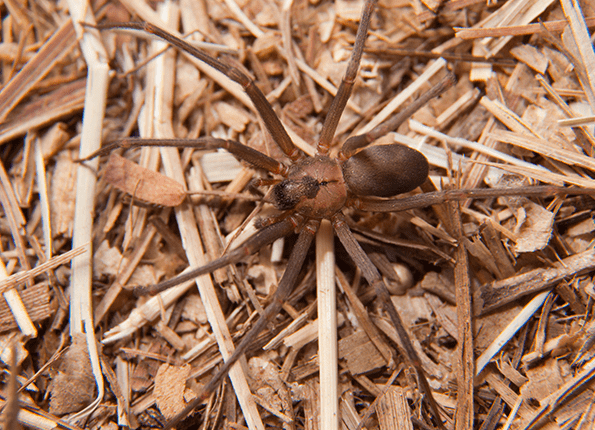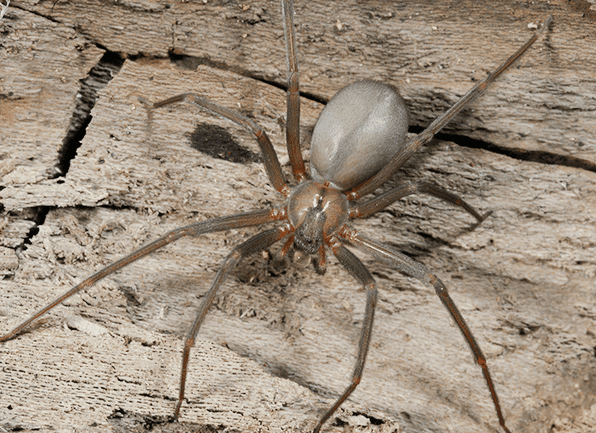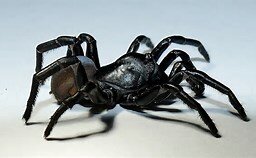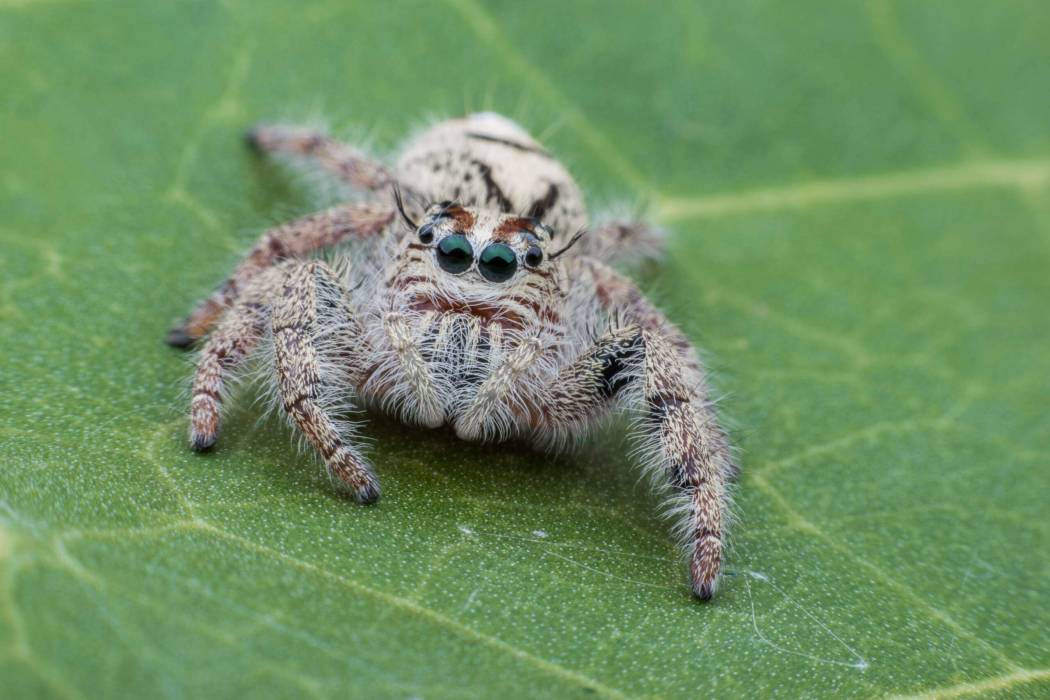How To Get Rid of Spiders
How to Get Rid of Spiders Some people might joke that the only way to deal with spiders is to pack your bags or set your house on fire. But don’t worry, you don’t have to go that far to get rid of these creepy crawlers—although you should act fast to prevent more of them […]
How To Get Rid of Spiders Read More »
